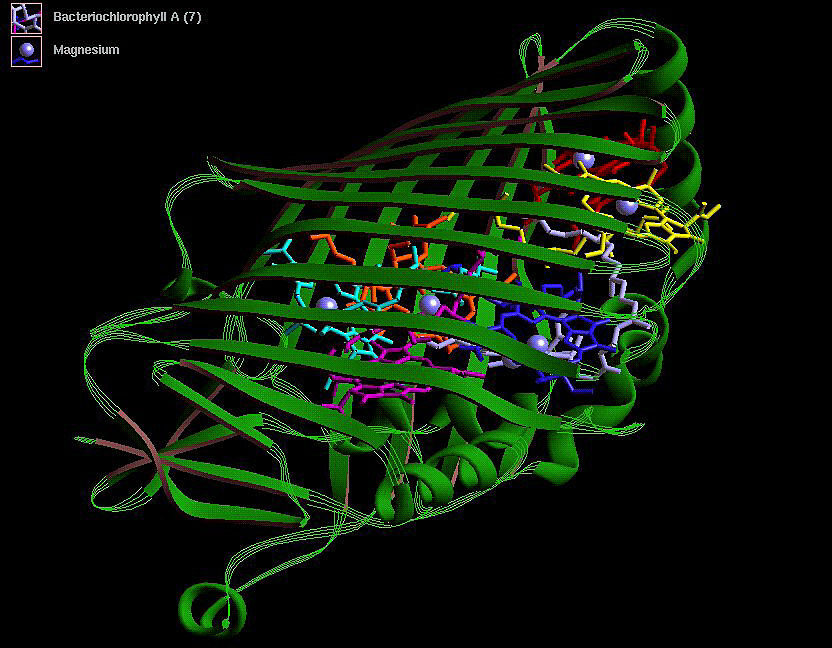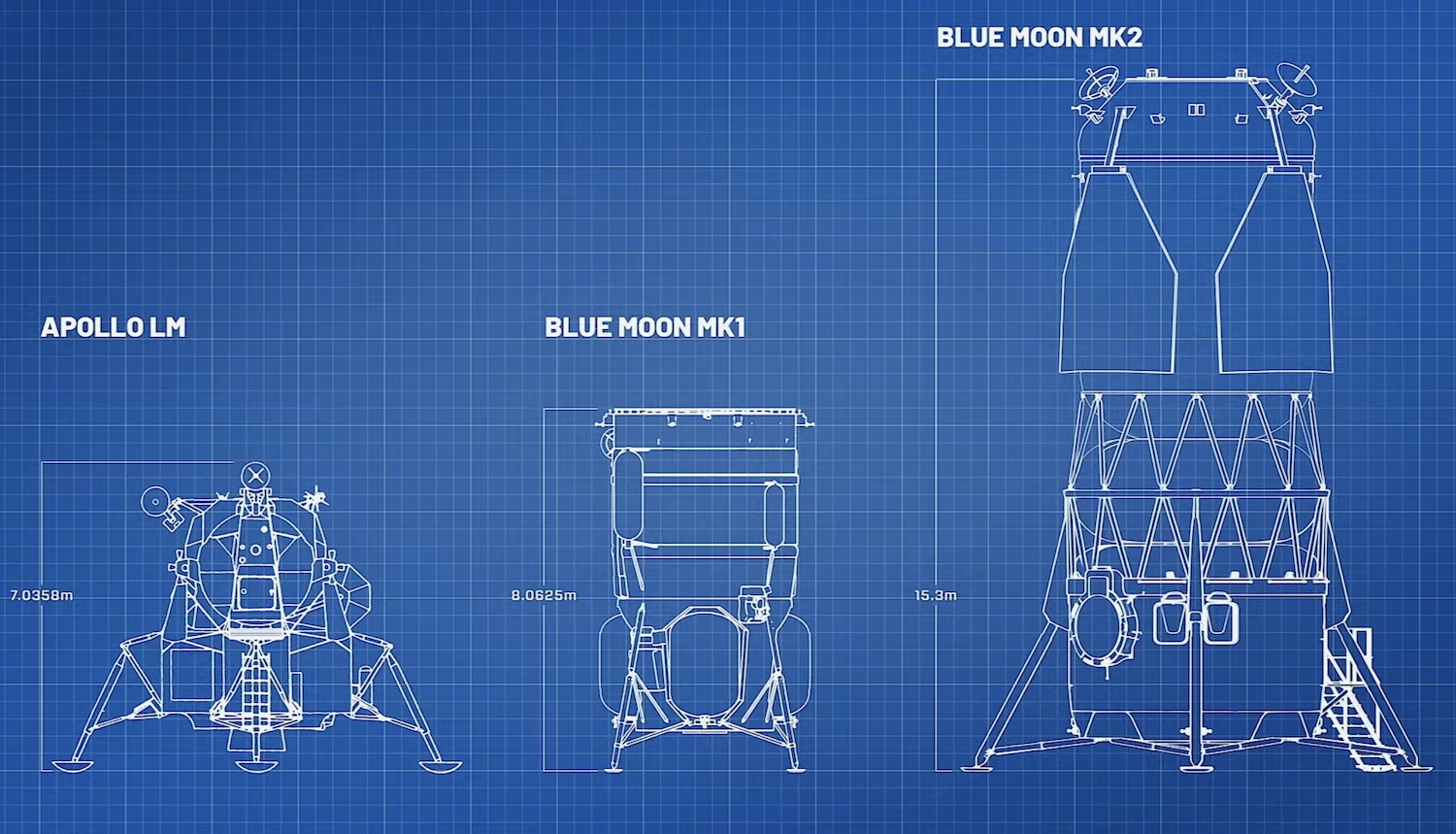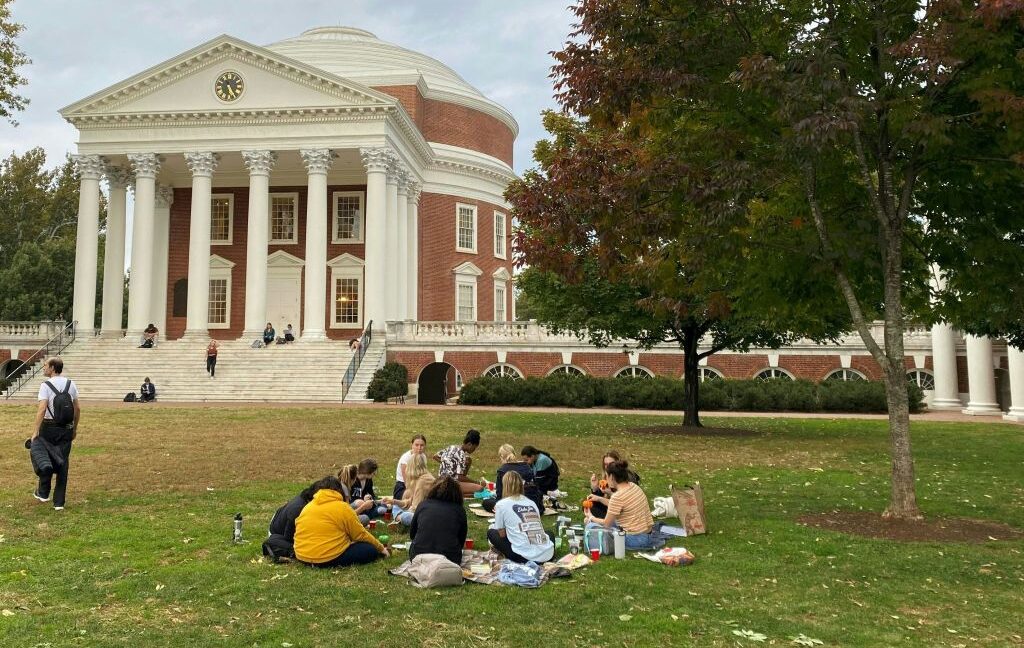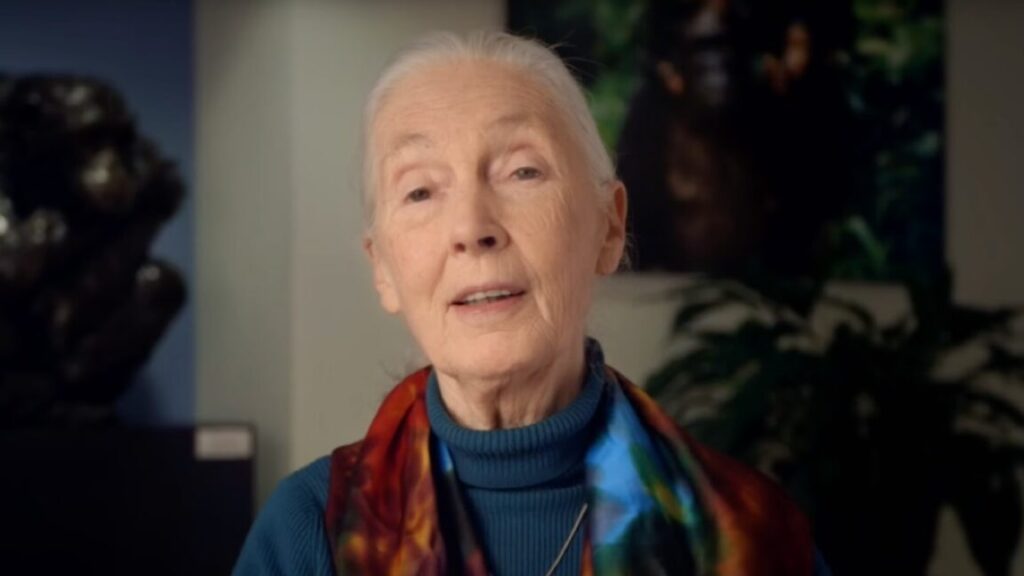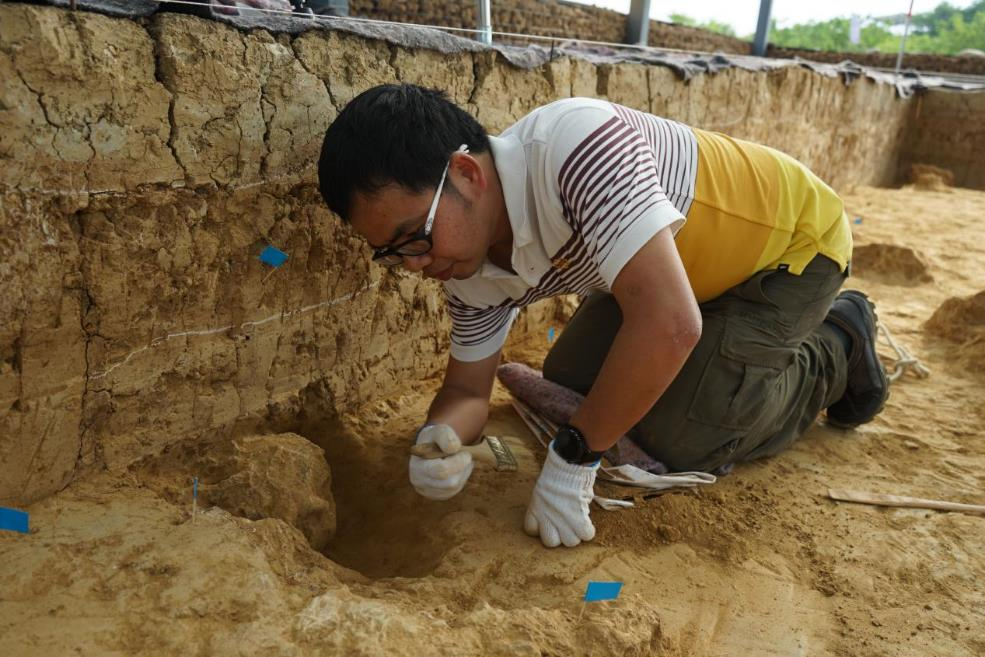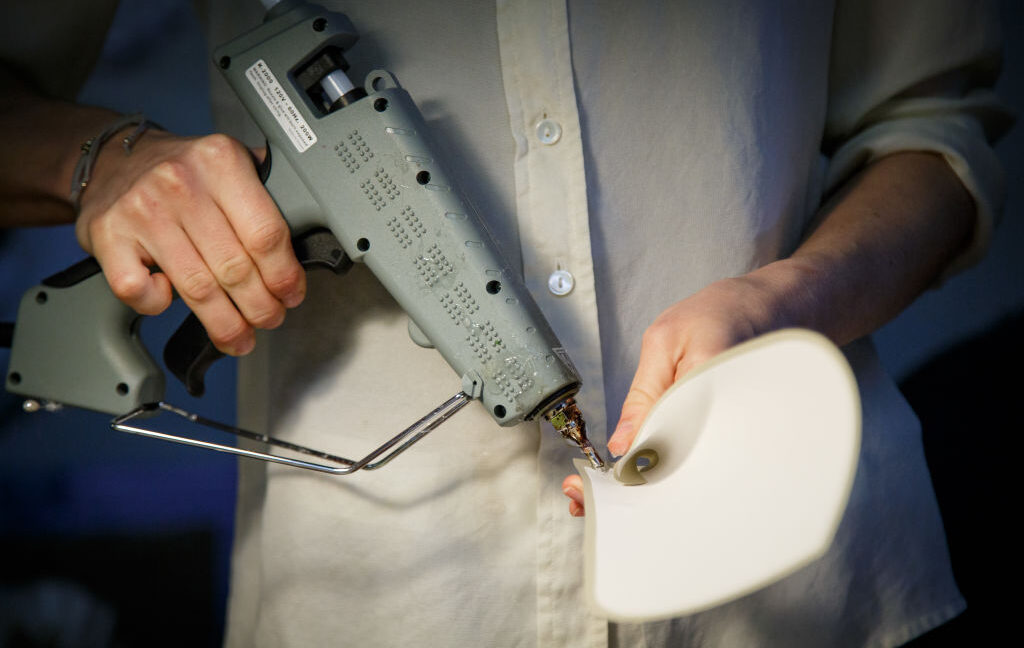How different mushrooms learned the same psychedelic trick
Magic mushrooms have been used in traditional ceremonies and for recreational purposes for thousands of years. However, a new study has found that mushrooms evolved the ability to make the same psychoactive substance twice. The discovery has important implications for both our understanding of these mushrooms’ role in nature and their medical potential.
Magic mushrooms produce psilocybin, which your body converts into its active form, psilocin, when you ingest it. Psilocybin rose in popularity in the 1960s and was eventually classed as a Schedule 1 drug in the US in 1970, and as a Class A drug in 1971 in the UK, the designations given to drugs that have high potential for abuse and no accepted medical use. This put a stop to research on the medical use of psilocybin for decades.
But recent clinical trials have shown that psilocybin can reduce depression severity, suicidal thoughts, and chronic anxiety. Given its potential for medical treatments, there is renewed interest in understanding how psilocybin is made in nature and how we can produce it sustainably.
The new study, led by pharmaceutical microbiology researcher Dirk Hoffmeister, from Friedrich Schiller University Jena, discovered that mushrooms can make psilocybin in two different ways, using different types of enzymes. This also helped the researchers discover a new way to make psilocybin in a lab.
Based on the work led by Hoffmeister, enzymes from two types of unrelated mushrooms under study appear to have evolved independently from each other and take different routes to create the exact same compound.
This is a process known as convergent evolution, which means that unrelated living organisms evolve two distinct ways to produce the same trait. One example is that of caffeine, where different plants including coffee, tea, cacao, and guaraná have independently evolved the ability to produce the stimulant.
This is the first time that convergent evolution has been observed in two organisms that belong to the fungal kingdom. Interestingly, the two mushrooms in question have very different lifestyles. Inocybe corydalina, also known as the greenflush fibrecap and the object of Hoffmeister’s study, grows in association with the roots of different kinds of trees. Psilocybe mushrooms, on the other hand, traditionally known as magic mushrooms, live on nutrients that they acquire by decomposing dead organic matter, such as decaying wood, grass, roots, or dung.
How different mushrooms learned the same psychedelic trick Read More »

